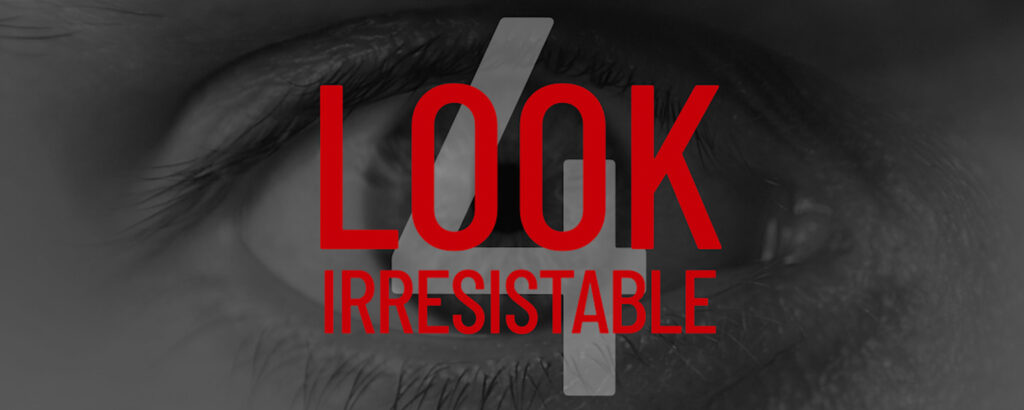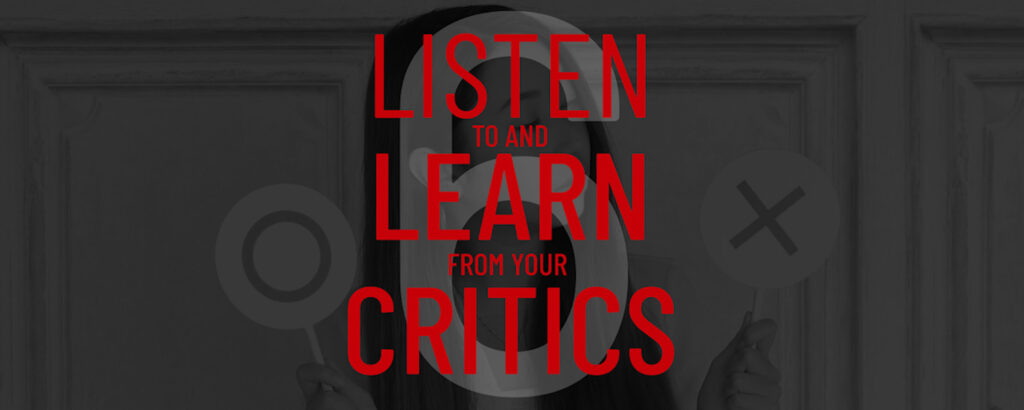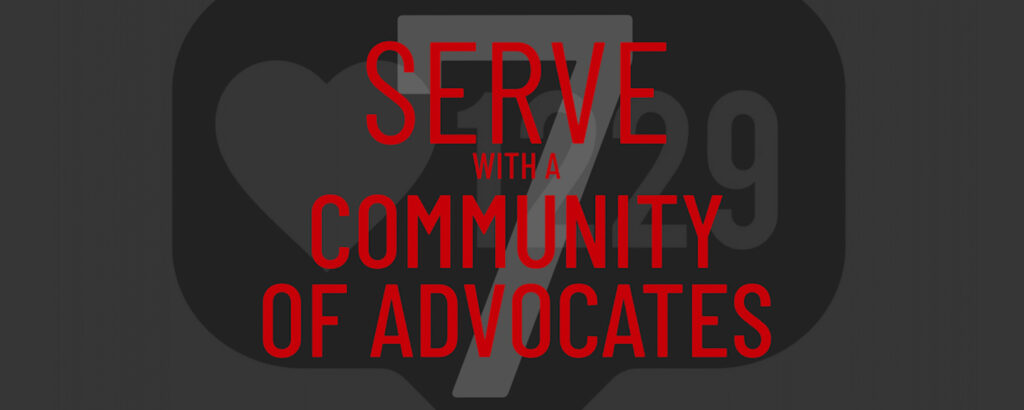So you have a great product or service, what next? How do you turn a great product into an amazing brand?
There are numerous new and established brands that address our ever-changing needs and desires. They provide a constant stream of unique or reimagined products, services and experiences and stay relevant through fresh thinking and innovation. It creates a tough environment in which to compete.
How can your brand succeed in this climate?
Of course, having a great product is important, but amazing brands are much more than this. Amazing brands engage with consumers on more levels than just great taste, efficacy or service alone. They connect with their customers on an emotional level and work to build relationships that ultimately create loyal brand evangelists.
Join have created a guide outlining the seven key ingredients that are essential to give brands the best chance for success.

Every market is shaped by multiple trends and influences that determine consumer preferences and habits, from technology and innovations that alter the way we shop, to shifts in tastes and world views that influence what we shop for.
An insatiable consumer appetite for new experiences drives continual change, with change comes opportunity. To capitalise on these opportunities it pays to know what is going on out there.
It is important to identify the trends that are shaping your sector, they may have direct or indirect influences on what you are selling. For example, the shift from physical to experiential purchases or the far-reaching consequences of environmental issues form changing attitudes towards meat to recycling and circular economies. The interplay of multiple trends will influence purchasing decisions and demands for certain types of products and ways of doing things. Understanding them can mean the difference between being desirable and being irrelevant.
Who wants what you’re selling? With such a huge variation in tastes, opinions, world views and preferences it is almost impossible to sell the same thing to everyone at the same time. However, consumers do tend to fall into smaller groups of like-minded people that have similar outlooks, wants and needs, based on things like geography, demographics or psychographics, it is important that you focus. Not so much that you cease to be financially viable, but enough that you can clearly define the type of person your product or service will appeal to. It will also help you find your own space and give you the opportunity to differentiate yourself.
With the right information, you will be able to gain valuable insights, make better-informed decisions and give your brand the best chance for success.
With the prevalence and reach of social platforms, accessing a wide audience and advertising yourself is now effectively free! The downside is that with this increased accessibility everyone is doing it. With so much noise it is difficult for any brand to stand out let alone a good one. Customers, overwhelmed with choice, look for ways to quickly distinguish how they can benefit from one product or service over another.
A major factor in your success will be your ability to differentiate yourself from all of the other brands out there selling similar products and give consumers a reason to choose you over them. This is why ingredient one (lashings of market insight) is so important. You first need to know what is going on in the market before you can find your space in it, and you need to know the type of people who your product will appeal to before you can talk directly to them.
The next step is to ensure you talk to them in a way that they will listen and explain how you can solve their problem or make their life better!
You want customers to understand who you are, what you do, what you stand for, why you are different and what makes you better. What makes you relevant to them and ultimately why they should choose you over all the alternatives.
Once you have established this, then you are in a position to start shouting about it…

Our lives are saturated with stories: news, television, blogs, books, movies, gossip. They can entertain us, inspire us, challenge us, motivate us or shock us. We are drawn towards the stories that engage with and captivate us, and we love to share these stories with others.
Whenever people come into contact with your brand, whether they see your packaging on the shelf, find you on a google search, taste your product or scroll to you on a social platform, they will create their own narrative around it. Creating a compelling brand story gives you the opportunity to influence this narrative to the benefit of your brand, why wouldn’t you take it!? Clearly communicating your brand’s story is a good way of helping your customers think about it in the way that you want them to.
Today people want more from brands. Many consumers expect them to have a soul, to care about a cause or to have a positive impact on society. People will tend to develop richer, deeper longer-lasting bonds with brands that they engage with emotionally. What they are engaging with is a narrative that appeals to them and resonates with their worldview.
So what does a good brand story look like?
First and foremost your story is an opportunity to communicate what makes you, you (see ingredient 2), but above all, it needs to be authentic, relevant and engaging.
Authentic, relevant, engaging stories are more likely to foster trust, build loyalty and ultimately sell! They will attract customers who believe in you and share your values. They will build brand advocates who talk about you to their friends and help do your marketing for you.
Whether on the high street or on-line your brand will live in a vast sea of vibrancy and energy. The design of a brand’s visual identity is key in influencing how potential and existing customers perceive it, the products or services it sells and ultimately their decision to buy it.
Successful design should tell the world about who you are in a way that not only is beautiful, stands out and sets you apart, but also engages with and communicates your relevance to the people you are trying to sell to.
If you’ve followed the recipe so far you should, by now, have a healthy knowledge of relevant market trends, your competitors and your target consumer. You should have a compelling story and you should have worked out your personality, tone of voice and what benefits you have to offer.
You now need to take this information and utilising everything available in the design toolbox: typography, colour, imagery, visual codes and appropriate styling, create a visual identity that not only does the functional job of making it clear what you are selling, but also communicates what you are all about, and why you are different whilst reflecting your story and personality.
It is vitally important to consider the medium through which you are selling, what works on Etsy may not be right for the shelves of Tescos, but whether subtle or showy, corporate or cool, above all else good design should be distinctive, relevant, engaging, consistently communicated and beautifully crafted.
Brands reside in the minds of consumers. A brand’s identity is the sum of all the interactions a consumer has with it. Whether it’s a first impression they get from seeing packaging on the shelf, a Facebook post that pops up in their feed or landing on a home page, at every turn it is being judged and opinions are being formed.
Where possible all of these interactions should be carefully managed to reflect what the brand is all about, they all need to exude your story and personality and above all, they need to do it consistently. This is as true for the typeface you use on a leaflet as it is for the tone of voice you employ when you respond to a comment on Twitter.
Inconsistent communications can make it harder for consumers to recognise or even find your brand and some of your efforts may not be even be attributed to you if they are not consistent with the rest of your communications!
Consumers form complex emotional connections with the brands, if its positioning, story or visual style is confused or diluted it can have a negative impact on the perception of trustworthiness, professionalism and even the legitimacy of your business and the products or services it sells.
So you have worked hard to define a target audience, determined who you are, you have a great product it looks beautiful, it’s relevant and it’s out there in the world. Now, to really push the analogy, the proof is in the pudding!
Inevitably the customers that come into contact with your brand and try your product will have an opinion about it. It is crucial that you listen to these opinions, good or bad, as they are invaluable.
Where dogged determination and obstinance can be good traits to have when getting a product to market, keeping it there will rely on the ability to listen and learn and act on all feedback, whether it’s praising you to the heavens or cursing to hell!!
Listening is a great way to measure satisfaction and responding can be a great way to open up a dialogue and show that you are human and that you value their custom. It can give you all sort of insights into ways that you can improve your service. It can even help you make decisions on the future plans for your business
Always look at receiving criticism as a positive thing. It is at least giving you the opportunity to reflect on it, decide whether it is valid and if it can actually help you improve what you offer. The alternative is that you do not get to hear the criticism but that it is still spread through social interactions, and you don’t get the opportunity to do anything about it!
Social channels are immediate and dynamic media which allow a two-way conversation with your customers and between your customers. Many brands have benefited from the communities of advocates that they have created who ultimately do much of their marketing for them.
Advocates have fully emotionally invested in a brand, they love all of those things that you have worked so hard to create and curate: the story, the product and service it provides, how it makes them feel, and everything else in the world around it. They love everything about it and want others to do the same, and in a world where we look around us for advice and recommendations to take away the labour of deciding, their enthusiastic endorsement can be infectious!
It is important to actively encourage and look after advocates, to let them know you love them and to reward them for their loyalty they could be the best marketing tool you have!
At Join we love to work with passionate brand owners and managers to help them create amazing brand experiences. If you are embarking on a new brand or want to revitalise your existing brand we’d love to chat…





